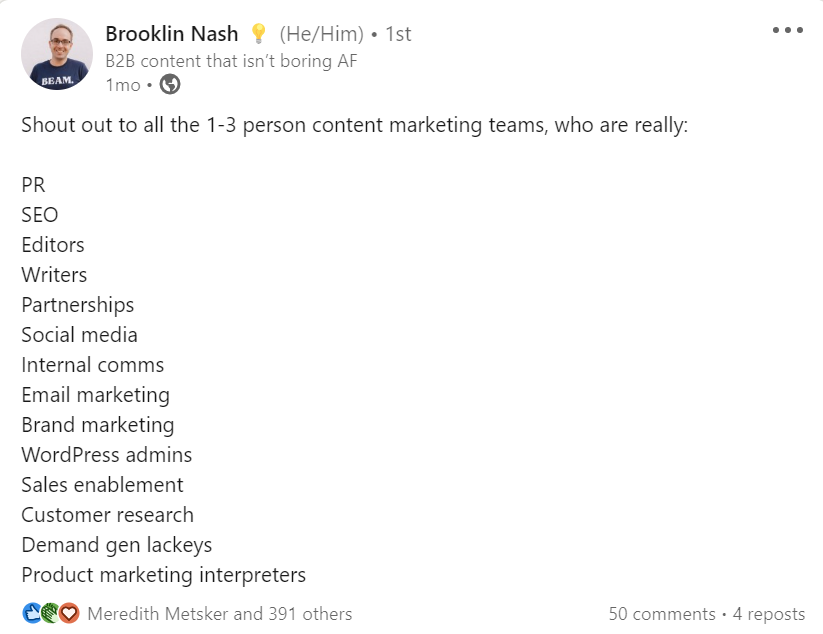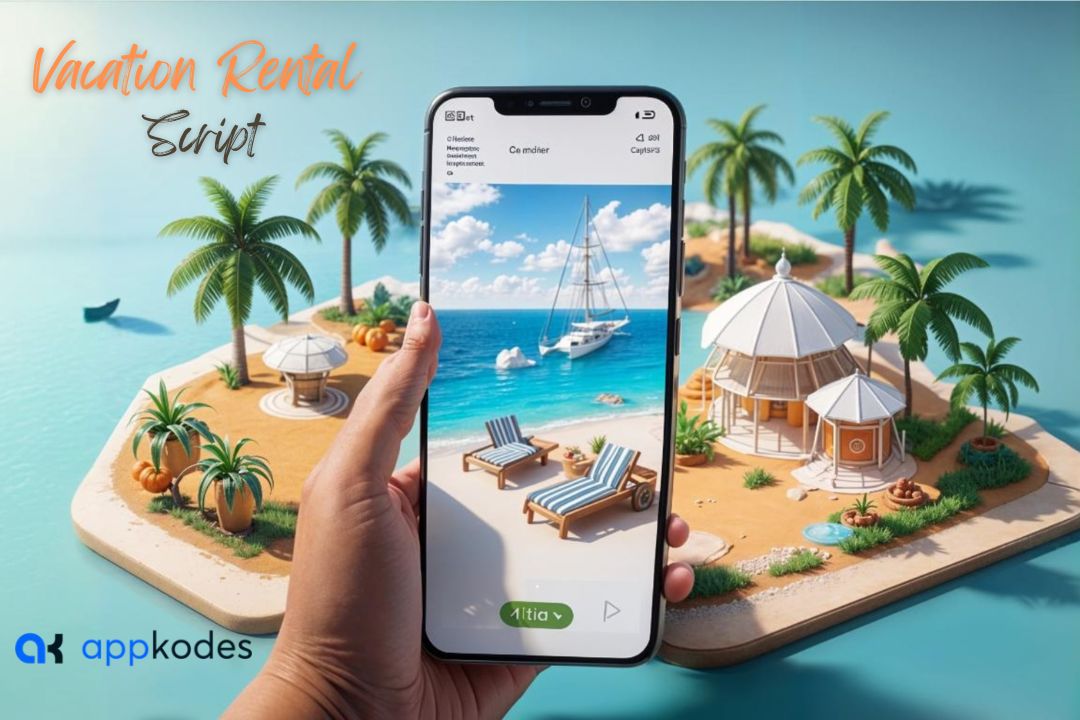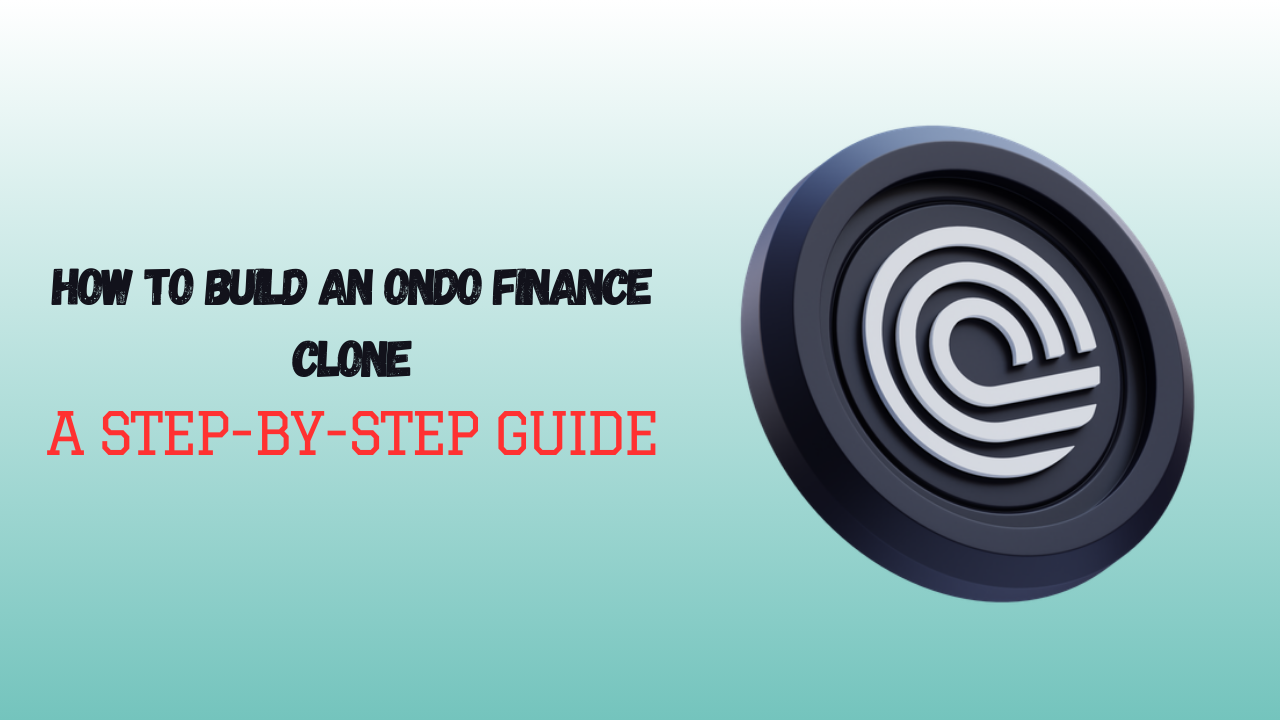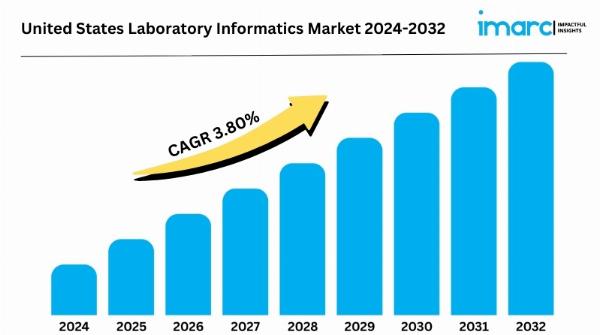Content marketing puts you on the map so potential customers know who you are. It acts as a mix of resources that help you build a relationship of trust with your audience along their buying journey from awareness to decision.
As content marketing has grown over the years, it has incorporated many different types of content across platforms. This means brands need a diverse strategy to incorporate everything from SEO (search engine optimization) to social media management.
In this comprehensive piece, you’ll learn how to create a content marketing strategy and where it fits within each stage of the marketing funnel. You will also find examples of brands creating dynamic content to execute innovative content strategies.
What is content marketing?Who is involved in content marketing & what do they do?Crafting a successful content marketing strategyWhere does content marketing fit into the marketing pipeline?3 Content marketing examples to inspire youWhat is content marketing?
Content marketing is the process of creating and distributing valuable content to attract new leads and convert them into customers.
Content helps you answer relevant questions from your customers or talk about topics of interest using social media, blogs, videos or emails. This creates trust and inspires your customers to look to you for advice.
When you distribute this curated content to your customers, they know exactly what to expect from you. And during the purchasing phase, they'll recall your brand above your competitors.
Overall, content marketing is a long-term strategy that helps you become more competitive. Some of its key business benefits are:
Increases your online visibility when you post relevant content with frequencyBoosts loyalty as you become a trusted source of informationGenerates more leads as you target specific customer stagesBuilds relationships with customers when your product or service solves their problemsCreates awareness around your brand mission and valuesWho is involved in content marketing & what do they do?
Content marketing is a process that involves multiple steps, from content ideation and creation to optimization and distribution. This is why you need a well-structured content marketing team that can adapt to new formats and your audience's preferences.

There are many different ways to staff a content team, but here are the most common roles and responsibilities tied to each one.
Content strategist
A content strategist manages the content marketing strategy for a business, ensuring every piece of content supports an overall goal. They also plan, design, create, edit and publish content that aligns with their audience's needs.
Professionals in this role handle all elements of a content marketing strategy and are supported by a team of content creators and experts. Here are some of the responsibilities that fall within the content strategist role:
Researches and analyzes customer trends to get in-depth knowledge about industry topics.Develops content strategies that move qualified leads through the marketing funnel.Collaborates with the content team to implement the content marketing strategy.Measures and reports the performance of the content marketing strategy efforts with analytics tools.SEO strategist
The SEO strategist identifies opportunities to optimize content for search engines. Their goal is to drive more organic traffic to your website. This is why they’re in charge of implementing the SEO factor into your content marketing strategy.
Here are some of the responsibilities of an SEO strategist:
Performs competitive keyword research to identify relevant searches that target all stages of the marketing funnel.Creates content briefs that guide writers on the organic requirements of a content piece.Follows on-page, off-page and technical SEO best practices for website pages.Monitors metrics that summarize your organic search performance to inform opportunities for optimization.Content creators
Content creators generate the content that fuels your content marketing strategy. They follow your instructions to create high-quality content pieces that meet your needs.
Some content creator roles and their responsibilities include:
Writers: Create long and short-form content with proper spelling, grammar and follow on-page SEO best practices. They develop written content that combines storytelling and brand guidelines to educate, persuade or engage with your audience. Some types of content they write are ad copy, website copy, ebooks or whitepapers.Graphic designers: Crafts striking visuals that capture the interest of your audience. They create a variety of content (charts, logos, graphics, etc.) that line up with your brand’s visual identity to synthesize content in a shareable format that goes beyond text.Video editors: Edits raw video content by cutting footage and improving audio. They use storyboarding and scripts to create videos for social and other platforms.Editors
Editors review every piece of content made by the content marketing team to ensure it’s error-free and meets a high standard of quality. They also make sure content aligns with brand guidelines to create a cohesive brand identity and experience. They're often the key to scaling content production through freelancers, as they can maintain quality while increasing quantity.
These are some of the responsibilities of an editor:
Checks word choice, style, tone and brand voice on every piece of content.Manages the editorial calendar so scheduled content is published on time.Collaborates with content creators to deliver high-quality content pieces.Edits/writes existing and new content.Social media manager
A social media manager promotes your content marketing assets on social media channels to build an audience and direct them back to your website. They have extensive knowledge of social media marketing strategies to improve the chances of your audience engaging with your brand.
Here are some responsibilities that fall within the social media manager role:
Monitors and reports the performance of your social media marketing efforts.Grows your brand’s social media community by actively posting and engaging with your audience.Repurposes content for social media platforms in which your brand is present.Studies trends and audience behavior to drive new social media content strategies.Crafting a successful content marketing strategy
It’s important to note that before crafting a strategy, you should come up with a content marketing plan. This helps you define what success means so you can achieve specific goals.
Here are some principles to follow when creating a content marketing strategy:
Define your brand offering and positioning: Understand what makes you different from your competition so you can structure and define your brand's messaging. This helps you clearly communicate your value proposition, which is necessary to make your brand distinguishable.Identify your audience: After forming your brand personality, it is important to know who you're going to communicate with. Knowing your audience allows you to create content tailored to their needs and interests.Research your competitors: When you release your content, it's not only you and your audience out there. You have competition. Researching them helps you identify the strategies or content they're using, so you can come up with something better.Measure your results and polish your strategy: Your content marketing strategy won't always be the same. It will evolve. That's why you have to measure your results, identify what works and what doesn't to polish your strategy as needed.Create valuable and relevant content: Ultimately, delivering content that helps or educates your audience about topics of relevance to them is a vital part of a content marketing strategy. So make sure your content resonates.Aside from these principles, here are channels and formats that will often support your content marketing strategy:
Social media profiles: Your social media profile puts your brand out there so you can reach out to a broader audience. Initially, social media was a place for connection by igniting conversations, but it has grown to be much more. Now, social media platforms act as distribution channels for content, ideas and movements or even as a way for small businesses to promote their products against larger organizations.Blog: A blog provides information to your audience and builds a stronger relationship between them and your brand. Blogs are a great way to boost your brand awareness and repurpose content to use on your social media. It also helps companies stay relevant to industry topics their audience is interested in.Email: This is a direct line of communication between you and your audience to share valuable and personalized content. Your subscribers can get news or promotions from you in just seconds, which makes it an affordable and fast way of communication. Also, emails can be automated and scheduled to be sent at optimal times based on different time zones.Videos: Videos tell the viewer a story that’s often educational, entertaining and digestible. This is why it helps companies reach their audience across platforms while inviting them to engage. Video has also become an accessible format thanks to video-sharing platforms and mobile devices.Paid advertising: This is the fastest way to make potential customers aware of your brand and the services you provide. Paid advertising allows brands to target very specific audiences. When you use sponsored posts on social media platforms you can choose the age, gender, location or interests of your audience to make sure your content reaches potential customers.Where does content marketing fit into the marketing pipeline?
Content marketing can fit into every part of the marketing funnel. When you approach content marketing as a strategy, you’ll want to note where each type of content fits in.
This section will cover the type of content that fits in the awareness, consideration, conversion/decision, loyalty and advocacy stages.
Awareness stage
In the awareness stage, your audience has a need, but might not know that there’s a solution for it. That’s why in this stage, you address their pain points, challenges and questions.
The best type of content you can provide in the awareness stage is informational and educative, which includes:
How-to guides“What is” blog postsWebinars to answer common questionsIndustry reportsInformative infographicsEducational videosUser-generated content (UGC)For example, for a payment software, this content might look like an article explaining how to do your taxes or a short video with tax hacks to post on social. In this stage, content is informational and educative to appeal to a larger audience and build new connections.
Consideration stage
In the consideration stage, your audience is aware of the need and is considering different solutions. They want to make sure they’re getting a high-quality product at a good price along with great customer service. This is why you have to gain their trust.
The best type of content you can provide in the consideration stage is detailed information on how your product features can solve your customers’ needs. This type of content might look like:
Problem/solution whitepapersWebinars to showcase your productUsing the payment software again as an example, you might host a webinar about using your payment software to ensure safe checkouts for customers. Also, you can record the webinar and post key moments on your social with a recap of key takeaways and a link back to the recording on your website for further visibility.
Conversion/Decision stage
In the conversion/decision stage, your leads are about to pick a product or service. In this stage, you want to make sure to convince them that you’re the best option.
The best type of content you can provide for the conversion/decision stage is social proof. This type of content looks like:
Testimonials from happy customersCase studiesAs an example, it can be a testimonial of your payment software from a recognized business to generate more trust.
Loyalty stage
Once you’ve made your sale, you need to keep nurturing your customers to create a stronger relationship. If you abandon your new customers, chances are they will turn to your competition.
The best type of content you can provide for the loyalty stage is instructional guides or videos so they can make the best use of your product. This type of content includes:
Video tutorialsBuyer’s guideHow-to blog posts featuring your productInteractive content on social (like quizzes, videos or GIFs)Going back to the payment software example, you can create an article about how to set up automatic payments with your software.
Advocacy stage
In the advocacy stage, you want your loyal customers to become advocates of your brand. A great brand experience can inspire them to recommend you to their friends. And according to The Sprout Social Index™, consumers like to see customer testimonials as they consider these trustworthy.
The best type of content for the advocacy stage keeps your customers engaged, but also rewards for spreading the word about your product. This type of content looks like:
Exclusive content (like insider how-to guides)Special offersContests and giveawaysReferral programsIn the payment software example, you can incentivize your customers to recommend your software to friends by offering a month free for every friend that starts using your software.
3 content marketing examples to inspire you
Remember, content marketing is a combination of the right content, the right distribution and the right strategy. Let’s take a look at how three brands use content marketing to hit all these marks.
Rare Beauty by Selena Gomez
Rare Beauty is a makeup brand that wants you to feel good about using makeup without hiding what makes you unique. This brand leverages email and social media to increase reach and build trust among their audience with the following strategies:
Rare Beauty uses TikTok to share beauty hacks featuring their products. This helps them reach a wider audience by introducing their brand through trending topics and interests. @rarebeauty@cynth_pop wears Liquid Touch Weightless Foundation in 320W. #foundationhack #makeuphacks #beautyhacks #rarebeauty
♬ original sound ' Rare Beauty














